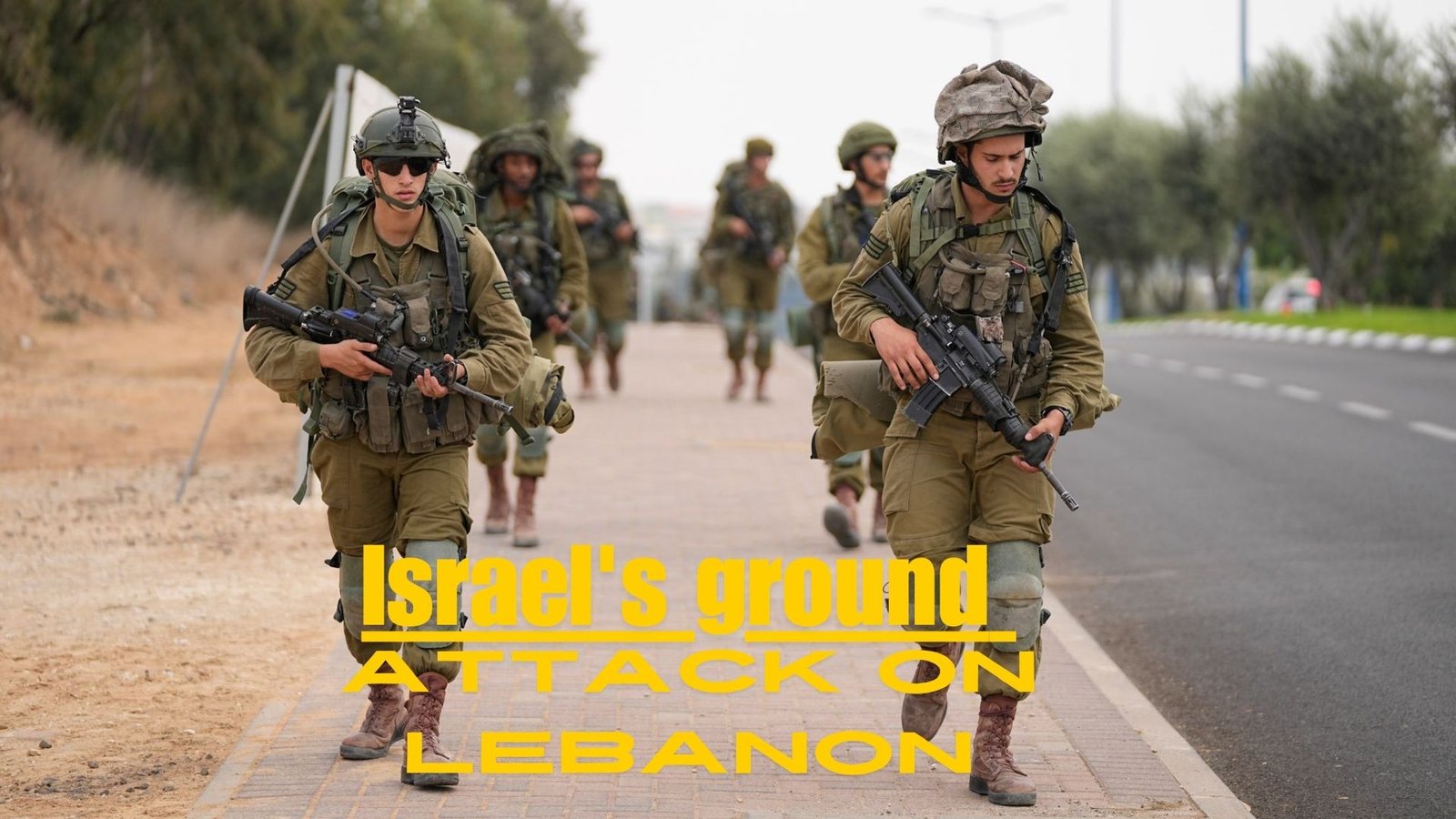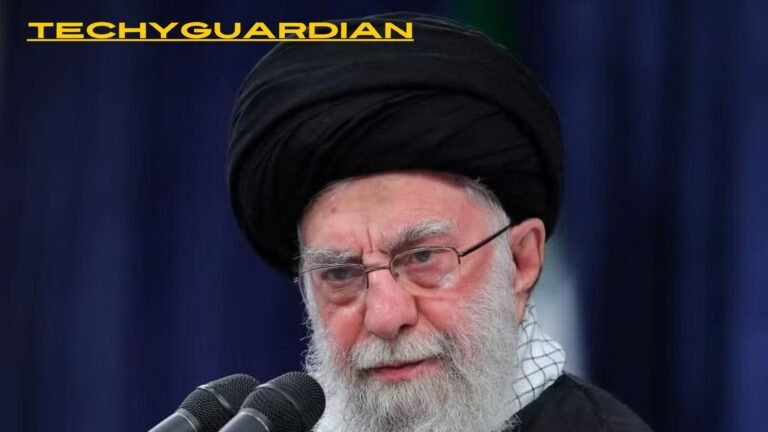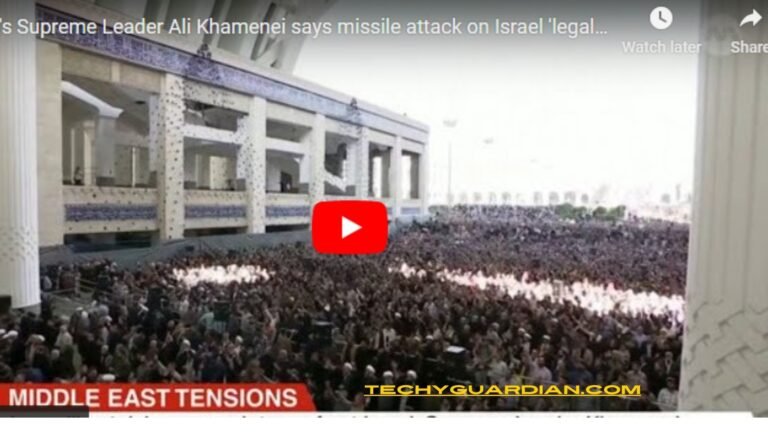
Israel's ground attack on Lebanon
The Israeli-Lebanese conflict has long been a central point of tension in the Middle East, but one event stands out as a turning point: Israel’s ground attack on Lebanon. This military action, which dramatically reshaped regional geopolitics, is not merely a localized skirmish but a pivotal moment in global history. Understanding the intricacies of this ground offensive, its strategic goals, and its long-term effects on the region is crucial to grasping its significance.
The Historical Context Leading to the Attack
To fully understand Israel’s ground attack on Lebanon, we must first examine the broader historical and geopolitical context. The relationship between Israel and Lebanon has been characterized by ongoing tensions, with border disputes and ideological differences creating a fertile ground for conflict. Hezbollah, the powerful militant group based in Lebanon, has consistently opposed Israeli influence in the region, engaging in sporadic skirmishes and guerrilla warfare against Israeli forces.
Following the 2006 Lebanon War, tensions between Israel and Hezbollah escalated to an unprecedented level. While the war ended in a ceasefire, the fragile peace that followed was overshadowed by continued hostilities and diplomatic strain. Israel’s ground assault in Lebanon must be viewed against this backdrop—a response not just to immediate provocations but to decades of unresolved conflict.
Strategic Goals of Israel’s Ground Offensive
Israel’s decision to launch a ground invasion was driven by several strategic objectives. First and foremost, Hezbollah’s increasing military capabilities posed a direct threat to Israeli security. The group’s access to advanced weaponry, including rockets and missiles, made it a formidable adversary. Israel’s goal was to neutralize Hezbollah’s military infrastructure in southern Lebanon, particularly in areas close to the Israeli-Lebanese border.
Another key objective was to secure Israel’s northern border. Hezbollah’s cross-border raids and rocket attacks had repeatedly targeted Israeli towns and settlements, creating a climate of fear among civilians in northern Israel. By pushing Hezbollah forces back and establishing a buffer zone, Israel aimed to reduce the immediate threat to its population centers.
Lastly, the ground offensive sought to demonstrate Israel’s military dominance in the region. This display of strength was intended not only for Hezbollah but for the broader international community. By showcasing its ability to carry out complex military operations, Israel aimed to deter future aggression and maintain its position as a key player in the Middle Eastern power dynamics.
The Battle Tactics: From Airstrikes to Ground Operations
While Israel’s initial attacks on Lebanon were primarily conducted through aerial bombardments, the decision to escalate to a ground assault marked a significant shift in strategy. The air campaign, which targeted Hezbollah’s weapons depots and command centers, achieved limited success in weakening the group’s capabilities. However, it became evident that airpower alone would not be sufficient to dislodge Hezbollah from its strongholds in southern Lebanon.
The ground offensive was designed to complement the aerial campaign by sending Israeli Defense Forces (IDF) deep into Lebanese territory to engage Hezbollah fighters directly. This required urban warfare, as Hezbollah had entrenched itself within civilian areas, using towns and villages as cover. House-to-house combat became a central feature of the battle, with Israeli forces encountering booby traps, tunnels, and fortified bunkers. The rugged terrain and Hezbollah’s intimate knowledge of the landscape added to the complexity of the operations.
Despite these challenges, Israeli forces were able to make significant advances, capturing key Hezbollah positions and disrupting their supply lines. However, the high cost in terms of casualties and the political backlash—both domestically and internationally—complicated the operation’s success.
Hezbollah’s Response and the Role of Guerrilla Warfare
Hezbollah’s ability to resist Israel’s ground invasion was largely due to its expertise in guerrilla warfare. The group, which had honed its tactics during previous conflicts with Israel, relied on small, mobile units capable of striking Israeli forces with precision and then quickly retreating to avoid retaliation. By utilizing tunnels, hidden bunkers, and rocket launchers concealed within civilian infrastructure, Hezbollah was able to maintain a strong defensive posture.
One of Hezbollah’s most effective tactics during the ground campaign was its use of anti-tank missiles and improvised explosive devices (IEDs) to target Israeli armored vehicles. These attacks inflicted significant damage on the IDF’s armored brigades, slowing their advance and forcing Israel to reconsider its approach to the conflict. Furthermore, Hezbollah’s ability to mobilize local populations for support, both logistically and ideologically, allowed the group to sustain its resistance for longer than Israeli planners had anticipated.
International Reactions and Diplomatic Implications
The international response to Israel’s ground offensive in Lebanon was mixed, with countries around the world grappling with the conflict’s implications for regional stability. The United States and other Western nations largely supported Israel’s right to defend itself from Hezbollah’s attacks, though they expressed concern about the humanitarian impact of the ground invasion on Lebanon’s civilian population.
On the other hand, several Arab nations and international organizations, including the United Nations, condemned Israel’s actions, calling for an immediate ceasefire and highlighting the disproportionate use of force. The UN Security Council was eventually compelled to intervene, brokering a truce that brought an end to the hostilities, though lasting peace remained elusive.
Diplomatically, the conflict solidified Hezbollah’s position within Lebanon as a resistance movement, while Israel faced criticism for its handling of the war. The ground offensive, though successful in weakening Hezbollah militarily, did little to resolve the political tensions between the two countries, leaving the door open for future clashes.
The Long-Term Impact on the Region
The long-term effects of Israel’s ground attack on Lebanon are still being felt today. While the immediate military objectives of the operation were partially achieved, the conflict underscored the complexity of the Israeli-Lebanese relationship and the broader geopolitical struggle in the Middle East.
In many ways, the ground offensive marked a turning point in how conflicts between state actors and non-state groups like Hezbollah are waged. It highlighted the limitations of conventional military power when facing an enemy embedded within civilian populations and relying on asymmetric warfare tactics. Moreover, the operation exposed the challenges Israel faces in securing its borders without escalating broader regional tensions.
Ultimately, Israel’s ground invasion of Lebanon was not just a moment of military confrontation but a key chapter in the ongoing struggle for control and influence in one of the world’s most volatile regions. Its legacy continues to shape the actions of both Israel and Hezbollah, influencing diplomatic relations, military strategy, and the ever-evolving landscape of Middle Eastern politics.
Related Articles:
Who is Hassan Nasrallah, Israel’s Longtime Adversary in Lebanon?
Defiant Netanyahu at UN Amid Regional Wars
How to Respond to Yemeni Ballistic Missiles Fired at Tel Aviv






1 thought on “Israel’s Ground Attack on Lebanon: A Turning Point in History”